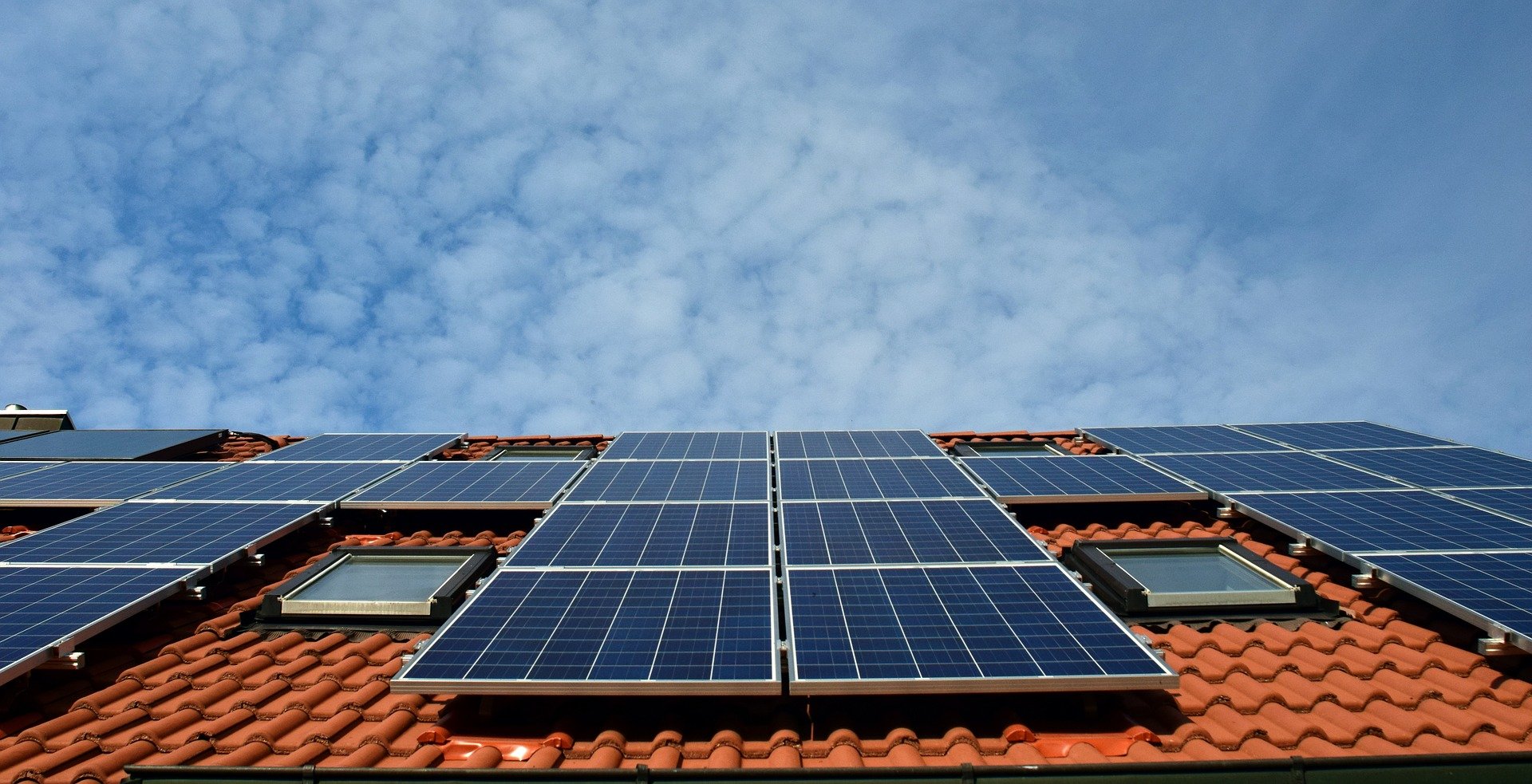Five Key BC LNG Projects: Status And Future Outlook

Table of Contents
LNG Canada: A Mega-Project Taking Shape
Located in Kitimat, British Columbia, LNG Canada is a monumental joint venture involving Shell, Petronas, Mitsubishi Corporation, and PetroChina. With a planned capacity of 14 million tonnes per annum (mtpa) of LNG, it's one of the largest LNG export facilities under construction globally.
Current Status: Construction is well underway, with significant progress made on various infrastructure components. While challenges related to global supply chains and workforce availability have been encountered, the project remains on track for its anticipated completion date. Recent updates highlight the successful commissioning of key equipment and the ongoing recruitment of skilled workers.
Future Outlook: LNG Canada is expected to significantly boost BC's economy, creating thousands of direct and indirect jobs and generating substantial tax revenue for the province. The potential for expansion beyond the initial 14 mtpa capacity also exists, depending on future market demand.
- Key Milestones Achieved: Completion of major construction phases, successful safety audits, and securing necessary regulatory approvals.
- Projected Job Creation: Thousands of jobs during construction and ongoing operation, contributing significantly to regional employment.
- Environmental Considerations: Implementation of rigorous environmental monitoring programs and mitigation strategies to minimize the project's ecological footprint.
Coastal GasLink Pipeline: Crucial Infrastructure for BC LNG Exports
The Coastal GasLink pipeline is a critical piece of infrastructure, serving as the transportation artery for natural gas destined for the LNG Canada facility. This 670-kilometer pipeline links gas fields in northeastern BC to the LNG Canada liquefaction plant in Kitimat.
Current Status: While facing significant challenges and delays including legal battles and protests, construction is progressing, with sections of the pipeline already operational. Addressing environmental concerns and maintaining positive community relations remain crucial ongoing focuses.
Future Outlook: The pipeline is essential for unlocking the full potential of BC's LNG export ambitions. Its completion will not only support LNG Canada but also potentially facilitate the development of other future BC LNG projects. Positive relationships with Indigenous communities along the pipeline route are vital for its long-term success.
- Key Challenges Overcome: Securing necessary regulatory approvals, navigating complex environmental impact assessments, and fostering positive relations with Indigenous communities.
- Regulatory Approvals: The project has obtained key federal and provincial permits, although ongoing monitoring and compliance are essential.
- Community Engagement Initiatives: Meaningful engagement with affected communities to address concerns and foster collaboration.
Woodfibre LNG: A Smaller-Scale, Export-Focused Project
Located near Squamish, Woodfibre LNG is a smaller-scale project compared to LNG Canada, with a planned capacity of 2.1 mtpa. Owned by Pacific Energy Corp., it boasts a focus on efficient operations and environmentally conscious technologies.
Current Status: Woodfibre LNG is in the advanced stages of construction, with significant progress reported. The project timeline remains ambitious, targeting commencement of operations in the near future.
Future Outlook: Woodfibre LNG aims to carve a niche in the LNG market by emphasizing speed to market, operational efficiency, and environmental performance. Its export focus targets Asian markets eager for reliable LNG supplies.
- Technological Advancements: Woodfibre LNG is incorporating advanced technologies to optimize its operations and minimize its environmental impact.
- Environmental Performance Goals: Strict emission reduction targets and commitment to minimizing environmental disturbance.
- Export Market Strategies: Focus on securing long-term contracts with key buyers in Asia and other regions.
Kitimat LNG: A Project on Hold – Exploring its Potential Revival
Kitimat LNG, another proposed LNG project in Kitimat, is currently on hold. While possessing significant potential, a variety of factors have stalled its development.
Current Status: The project is currently inactive, awaiting a more favorable investment climate and market conditions. The initial proponents have yet to announce definitive plans for restarting the project.
Future Outlook: The revival of Kitimat LNG hinges on several factors including renewed investor interest, improved market dynamics, and a resolution of regulatory hurdles. Different scenarios, from a complete restart to a scaled-down version or partnership, remain possibilities.
- Regulatory Hurdles: Navigating complex permitting processes and securing necessary environmental approvals are key challenges.
- Market Conditions: Global LNG market conditions and price forecasts play a critical role in determining the viability of the project.
- Potential for Partnerships or Restructuring: New partnerships or a corporate restructuring could potentially breathe new life into the project.
Cedar LNG: A Potential Future Player in BC's LNG Market
Cedar LNG is a proposed LNG project still in its early development stages. Its specific location and final capacity are yet to be fully defined.
Current Status: Cedar LNG is currently undergoing feasibility studies and navigating the initial permitting processes. Extensive environmental assessments and community consultations are expected.
Future Outlook: The project's timeline is uncertain, contingent upon the successful completion of feasibility studies, securing financing, and obtaining all necessary regulatory approvals. It has the potential to contribute meaningfully to BC's LNG production capacity if successful.
- Environmental Assessment: Comprehensive environmental impact assessments are crucial for obtaining necessary approvals.
- Community Consultation: Open and meaningful consultation with local communities to address concerns and build support for the project.
- Economic Viability Analysis: Thorough economic assessments are necessary to determine the project's financial feasibility.
The Future of BC LNG Projects: Investing in Energy Independence
The five key BC LNG projects discussed represent a significant investment in BC's energy future. While each project faces its own unique challenges and timelines, their collective potential is substantial. These BC LNG projects are poised to contribute significantly to BC's economy, creating jobs, generating revenue, and strengthening energy independence. The successful development of these projects will not only benefit BC but also play a vital role in supplying global energy markets with a cleaner and more reliable source of energy. Stay informed about the progress of these vital BC LNG projects by consulting resources such as the BC government website and industry reports for the latest updates and information.

Featured Posts
-
 Balas Kee Summer Concert Series Victoria Day Weekend Launch
May 30, 2025
Balas Kee Summer Concert Series Victoria Day Weekend Launch
May 30, 2025 -
 Trump Administrations Rejection Of Sunnova Energys 3 Billion Loan Application
May 30, 2025
Trump Administrations Rejection Of Sunnova Energys 3 Billion Loan Application
May 30, 2025 -
 Programma Tileorasis Savvatoy 10 5 Odigos Metadoseon
May 30, 2025
Programma Tileorasis Savvatoy 10 5 Odigos Metadoseon
May 30, 2025 -
 Miami Open Raducanus Dominant Victory Secures Last 16 Spot
May 30, 2025
Miami Open Raducanus Dominant Victory Secures Last 16 Spot
May 30, 2025 -
 Finding Gorillaz Tickets For Full Album Concerts In London
May 30, 2025
Finding Gorillaz Tickets For Full Album Concerts In London
May 30, 2025
